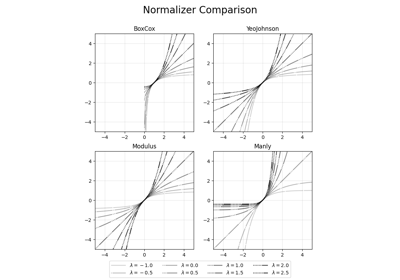


While stationed in Alaska, he helped his fellow service members make free phone calls home by devising access to a local telephone switchboard. Īfter taking college courses, Draper enlisted in the U.S. He was frequently bullied in school and briefly received psychological treatment. As a child, he built a home radio station from discarded military components. 2.3 Allegations of sexually inappropriate behaviorĭraper is the son of a United States Air Force engineer.His other works include History of the American Civil War (3 vol., 1867–70) and Thoughts on the Future Civil Policy of America (1865). In 1863 his History of the Intellectual Development of Europe was published, and in 1874 his History of the Conflict between Religion and Science, a rationalistic classic that aroused great controversy. His Human Physiology (1856) was the leading textbook of the period in its field, and it contained his own admirable micro-photographs, the first ever published. Most of his papers on radiant energy were republished in his Scientific Memoirs (1878). Draper also made (1839–40) the first photographs of the moon. A picture he took (1840) of his sister is the oldest surviving photographic portrait. He was said to be the first in New York to use Daguerre's process, announced in 1839, improving it so much that by December of that year he made his first satisfactory photographic portrait. Draper's research in the effect of light upon chemicals led him to take up photography. His work on the spectra of incandescent substances foreshadowed the development of spectrum analysis, in which his son Henry Draper became a pioneer.

He helped organize the medical school of the university, became its professor of chemistry and physiology, and in 1850 succeeded as its president.ĭraper's chief contribution to abstract science was research in radiant energy. In 1839 he became professor of chemistry at the Univ. Draper, John William, 1811–82, American scientist, philosopher, and historian, b.


 0 kommentar(er)
0 kommentar(er)
